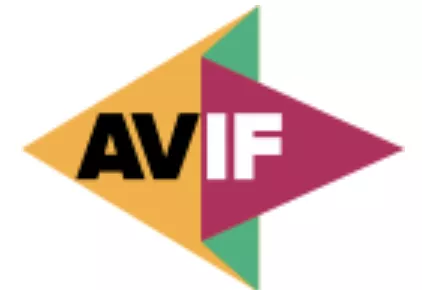

In this case study we will look at image compression. Typically when trying to optimize a website for network resource consumption and thus CO2 emission images are the lowest hanging fruit.
Modern image formats like AVIF typically achieve +50% compression ratio when compared to PNG in a similar perceived quality.
Try out on Squoosh.app for yourself to see the potential!
AVIF received many positive blogposts. However modern image formats like AVIF have a downside: They are not supported in older browsers like IE, Safari or old Chrome devices. Check support on CanIUse.com.
If you still want to support these old browsers, so that they do not see a blank image you typically would use a polyfill.
In this detailed article we will look at the potential backlash when using polyfills and how to watch out for the tipping points when a move to AVIF might actually get worse in terms of carbon emissions, although it might make no difference in performance for the users.
